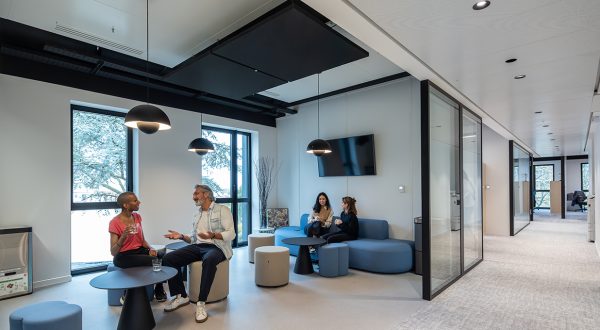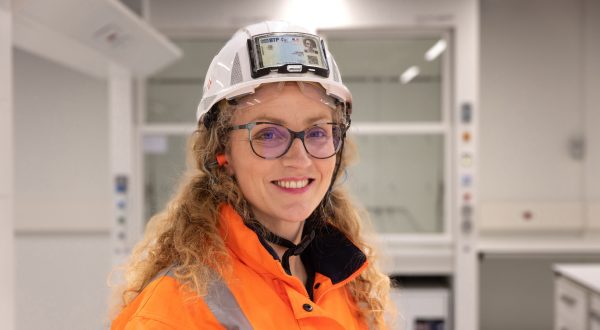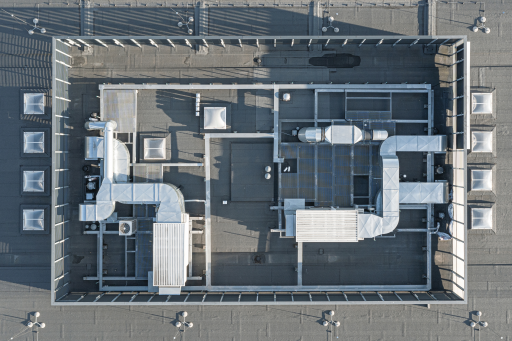The widespread use of data is changing the approach to hard FM in hospitals, which are increasingly looking at how occupants actually use the buildings and taking those patterns into account. The trend is paving the way for new services.
![]()
“When we guarantee a certain room temperature in a hospital whose technical services we’re managing, it’s not the heat at source, in other words the boiler, that we’re talking about, but the actual temperature at the patient’s bed – and by that I mean each individual bed!” says Stéphane Bretin, business unit manager at VINCI Facilities, the VINCI Energies brand dedicated to facility management.
This distinction illustrates how digital technology is changing hospital maintenance practices, the drive for ever-greater efficiency and a focus on how occupants, whether carers or patients, actually use the buildings.
Previously, facility managers would stay put in hospital plant rooms, whereas today, “technicians get out and about; they are in contact with users,” adds Bretin to demonstrate the extent to which the services supplied to hospitals have evolved. Whether contact is direct or through data sent by various sensors, it delivers insights into actual use patterns: windows left open, heating left on too long, and so on.
Water and air quality is a major constraint that requires facility managers to ensure hospitals comply with standards comparable to those of the pharmaceutical industry
Facility managers not only guarantee energy performance, they also play an increasing role in health & safety and regulations. “They are now called on to support hospitals when they appear before health & safety committees,” states Bretin. During audits by health authorities, FM managers act in an advisory capacity, for instance producing monitoring protocols that prove the absence of airborne infectious diseases.
A specific aspect of the world in which hard FM managers operate is water and air quality. The risk of legionella makes this a major constraint, requiring facility managers to ensure hospital compliance with standards comparable to those of the pharmaceutical industry.
Monitoring buildings and facilities
Constantly monitoring buildings and facilities helps not just to make the patient pathway smoother but also to optimise the use of space in a way that enables management to meet its financial targets. Economic constraints are an ongoing reality on this new playing field.
Hospitals want fixed prices to apply both to building-related expenses and energy bills. To meet this demand, VINCI Facilities relies on “excellent knowledge of processes” and takes a proactive approach to developing user awareness.
To implement these new solutions, VINCI Facilities leverages a number of digital tools available in a single dashboard, or hypervisor. Integrating data from the BMS (building management system) and the CMMS (computerised maintenance management system), the hypervisor is used to carry out a fine-grained control of all equipment and to establish a predictive maintenance programme – invaluable in facilities which operate around the clock and which cannot disconnect the power supply to perform repairs without taking specific precautions.
As far as digital technology is concerned, Vinci FACILITIES works in hospital environments alongside a major player in ICT services, Axians, another VINCI Energies brand. Responsible for maintaining communications networks in most public hospitals, Axians is involved among other things in interconnecting networks, as a result of the hospital merger provided for in the French Health Act. Axians’ goal ties in with that of facility managers: to improve the coherence of the healthcare pathway.



